Be More Productive
Have you already found the productivity system that works best for you? If not yet, I hope that this episode can help you identify and create a process that will work for you with the right attitude and equipment, too!
Systems to be more productive
1) Time management system
Implement a system that helps you prioritize tasks, set clear deadlines, and allocate dedicated blocks of time for specific activities.
Pomodoro Technique: This technique involves breaking work into intervals of focused work (typically 25 minutes) followed by short breaks (usually 5 minutes). After completing four work intervals, take a longer break (around 15-30 minutes).
Eisenhower Matrix: Effectively prioritize and categorize tasks based on their importance and urgency. This matrix divides tasks into four categories:
2) Goal-setting system
Set SMART (Specific, Measurable, Achievable, Relevant, Time-bound) goals to provide direction and focus for your work. Break down larger goals into smaller milestones, and track your progress regularly to stay on track and motivated.
3) Routine and scheduling system
Establish a daily or weekly routine that includes dedicated time for important tasks, regular breaks, and self-care activities. Stick to your schedule as much as possible to develop good habits and improve productivity.
4) Prioritization and task management system
Use a reliable system for managing tasks and prioritizing work. This can be a to-do list app, a Kanban board, or a simple pen and paper method that helps you stay organized and focused on the most important tasks.
Important and Urgent: Tasks requiring immediate attention and action.
Important but Not Urgent: Tasks that are significant but can be scheduled and planned for later.
Urgent but Not Important: Tasks that are time-sensitive but do not contribute significantly to long-term goals. Delegation or finding shortcuts for completion can be considered for these tasks.
Not Important and Not Urgent: Low-priority tasks that can be eliminated or postponed, as they do not contribute significantly to your goals.
5) Having the right equipment and tools
This can include a reliable computer, high-speed internet connection, ergonomic furniture, relevant software, and any specific tools or materials required for your work. Investing in quality equipment can significantly enhance productivity and minimize disruptions.
“You’ve got to work with broken things in life and make it work.”
From Episode 174 of Adulting with Joyce Pring: “ Be More Productive”






